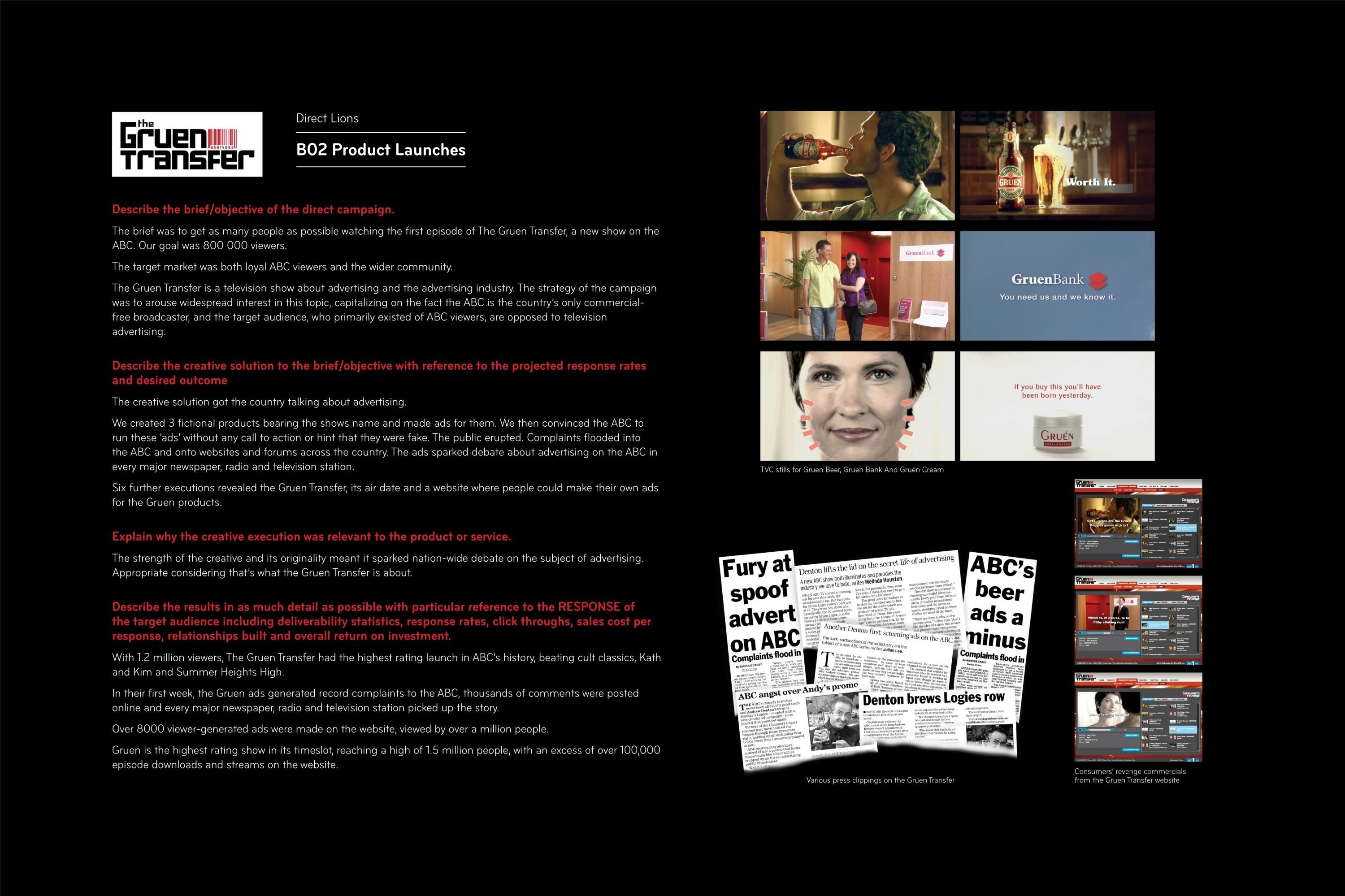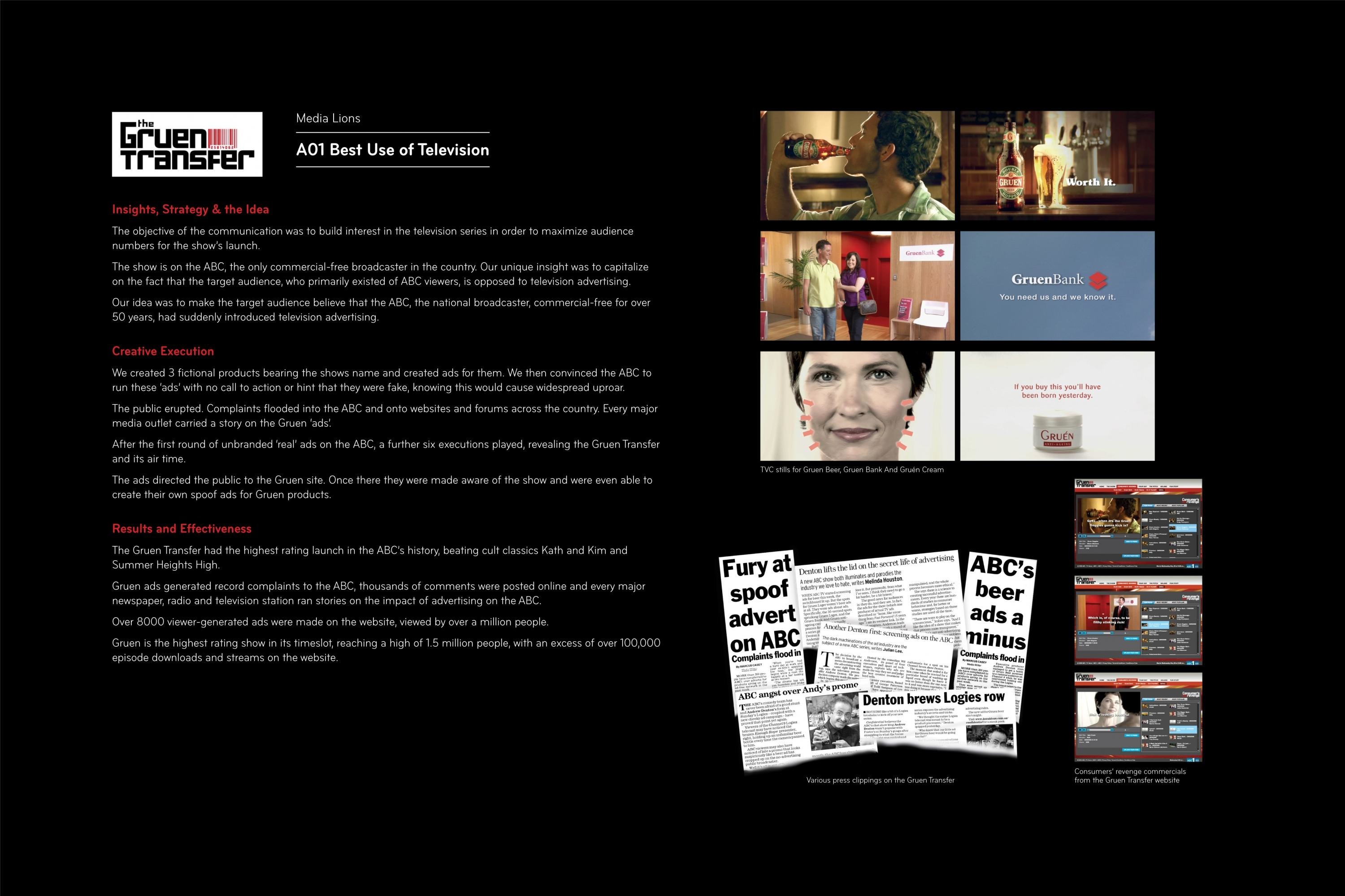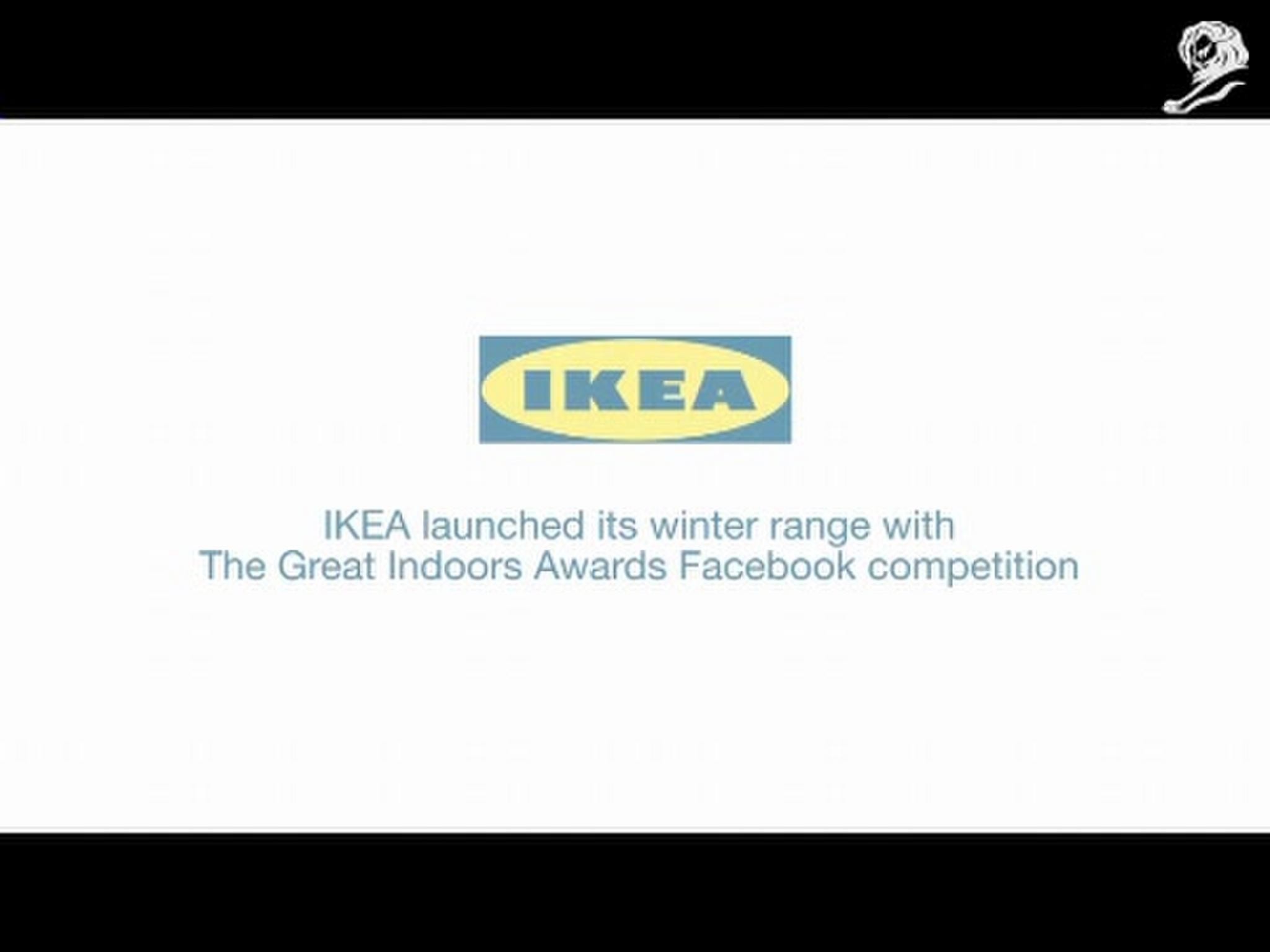Strategy and Effectiveness > Creative Strategy: Sectors
UN-AUSTRALIA
THE MONKEYS, PART OF ACCENTURE SONG, Sydney / MEAT & LIVESTOCK AUSTRALIA / 2024
Awards:

Overview
Credits
Overview
Why is this work relevant for Creative Strategy?
This is the story of how ‘Un-Australia’ combined an enduring brand strategy of unity, a provocative idea of satirising the term ‘un-Australian’, and a lamb barbie to deliver new records for Meat and Livestock Australia.
Lamb’s biggest campaign value sales, most viewed campaign ever, 316,000 new buying households, and an ROI for farmers of $xxx
Slaying two unique challenges it faced in 2023.
A precarious reliance on aging Australians and weak affinity with younger multicultural Australians. And the monster of inflation pushing cost of living to two-decade highs, putting a ‘cut it out’ target on discretionary, premium brands. Like lamb.
Background
The stakes for every summer lamb campaign are exceptionally high. It's the peak buying season and springboard for the year. A 2022 Omicron outbreak left shelves bare, impacting last year’s sales. Raising the stakes even higher.
Yet in 2023 lamb faced two distinctly different challenges to previous years.
Sales, penetration, and affinity skewed precariously towards aging Australians over 60-year-old. Coinciding with a worrying weakness in relevance, and sales, amongst multicultural Australians under 40.
And a new monster, inflation. Cost of living soared to two-decade highs, placing a ‘cut it out target’ squarely on discretionary, premium brands. Like lamb.
The brief was to make more Aussies eat lamb over summer by creating Australia’s most talked about campaign.
Our communication objective was to increase salience by making lamb famous. Our marketing objective was to increase penetration by making lamb more relevant and desirable. Our business objective was to increase value sales.
Please provide any cultural context that would help the jury understand any cultural, national or regional nuances applicable to this work e.g. local legislation, cultural norms, a national holiday or religious festival that may have a particular meaning.
Meat and Livestock Australia (MLA) is responsible for marketing Australian Lamb on behalf of levy-paying farmers. Competing with chicken, pork, and seafood to get on Australians plates. Lamb’s share is only 8.5% vs the dominant protein chicken with a market share of 40%. However, at $19.13/kg vs chicken’s paltry $6.25/kg it retails at a 300+% price premium. Tough to swallow at the best of times, let alone in early 2023 when Australians were struggling under the pressures of 8% inflation and 13 interest rate increases.
The early origins of the term ‘un-Australian’ were from 1855 when it was used to describe an aspect of the Australian landscape that was like Britain. It was revived in the 1990’s by Australia’s Prime Minister John Howard to call out behaviours not in the spirit of shared Australian values.
Capitalising on this renewed use of the term, in the early 2000’s Australian Lamb ran a campaign over six years claiming, “if you don’t eat lamb on Australia Day, you’re un-Australian.” Becoming a well-recognised association with the Australian Lamb brand during that period.
However, while ‘un-Australian’ was then a term used to homogenise values, it has since become an increasingly overused, meaningless, and ridiculous term used to call out any difference, however trivial, between Australians.
Interpretation
In Australia’s fresh meat market, lamb is tiny. Its 8.5% share dwarfed by chicken and beef with their dominant 70%.
And was increasingly relying on older shoppers. ‘Australia was built on the sheep’s back’ is a famous local adage. Increasingly Lamb’s fate was ‘in the mouths of older Australians.’ Over 60’s accounted for xx.x% of sales, despite being just 23% of the population. Reliance on this audience, a recipe for decline.
Yet relevance was low with under 40-year-olds. Despite being 44% of Australia’s population, they accounted for just xx.x% of sales. Weak brand affinity limiting penetration and sales with this critical growth audience.
And Australians were crushed by soaring inflation, spending under intense scrutiny with discretionary, premium purchases easy targets to cut.
Our challenge was to increase relevance and desire for lamb despite a reliance on older Australians, weak relevance for younger Australians, a cost-of-living crisis, and affordable market-leader giants.
Insight / Breakthrough Thinking
Lamb’s essence is ‘Unity’ focused on bringing people together. Developed after ethnographic research discovered a genuine difference about lamb meals. Unlike chicken and beef, Lamb’s mostly a shared experience, a meal bringing friends and families together.
After droughts, fires, and pandemics Australia's unity was battered. And the country had radically changed. 7 million (30%) Australians were born overseas. 11 million (48%) had a parent born overseas. Leaving a diverse nation struggling to know who we are as Australians. Lacking a sense of unity, asking “who are we?”
Yet quick to label anything ‘un-Australian.’ A term revived by Prime Minister John Howard in the 1990’s to call out behaviours contrary to Australian values, by 2022 it was an overused and ridiculous term for trivial differences.
OUR CRITICAL INSIGHT: As we struggle with what it means to be Australian, one expression, far from uniting us, has become a ridiculous term of division…’un-Australian’.
Creative Idea
Irreverent humour is an endearing trait of Australians. And Lamb. To provoke a response Lamb poked fun at all Australians.
Our idea, to satirise the ridiculousness of the term ‘un-Australian’. Uniting Australians in celebrating what makes Australia a great nation, our diversity. Because we’re all a bit un-Australian, that’s what makes us Australians.
‘un-Australian’ was so pervasive it was big enough to be its own country. So, we created ‘Un-Australia’. An infinite cultural exile where Australians ever accused of being ‘un-Australian’ were banished.
To appeal to younger Australians, we executed the idea with entertaining content on shareable platforms.
Google research found 2-3-minute films perform best. A 3-minute hero film ran on YouTube, with bespoke 15” and 6” Instagram and TikTok teasers. With TV maximising reach.
Amplified by outdoor near national icons and events. Ridiculing the ‘un-Australian’ boastfulness of the ‘Great Barrier Reef’ and the Kyrios vs Djokovic AO exhibition match.
Outcome / Results
Communication Objective #1: Make Lamb famous.
Result: 999 articles, 212,000,000+ OTS, Australia’s No.1 trending YouTube video, 11,948,000 total views, lamb’s most viewed ever.
Communication Objective #2: Increase salience
Result: +6% Awareness, triple target.
Marketing Objective #1: Make lamb more relevant
Result: +11% brand affinity, 2.75 times target.
Marketing Objective #2: Make lamb more desirable
Result: +3% ‘worth paying more for’, highest level in 5 years.
Marketing Objective #3: Increase penetration
Result: +3% penetration, 316,000 new households. Under-40 segments ‘Young Transitionals’ +30%, ‘Start Up Families’ +26%, ‘Small scale families’ +10%.
Business Objective: Achieve value sales equal to prior best in 2021
Result: $xxx,xxx,xxx value sales exceeded 2021 by $5,000,000, Biggest ever.
MLA calculate a ‘Farmer ROI’ based on ‘incremental volume’ x ‘over-the-hooks price’ (the price farmers receive). With an over-the-hooks price of $6.89/kg, the campaign generated an incremental 792,000 kgs and a Farmer ROI of $x.xx for every $1 invested.
Please explain if there were any other discounting factors that may have impacted on the effectiveness of your work.
No other significant factors that would have led to the ‘un-Australia’ results:
Media spend: No incremental campaign spend, just an evolved strategy to focus more on online channels to maximise viewing and sharing of the long-form film and bespoke edits amongst younger Australians.
Distribution: No gains in overall distribution of lamb, but an additional 725 stores participated in lamb activations. Mostly driven by strong major retailer support for what they called “the best campaign to date.”
Price: Retail prices increased from a quarterly average of $18.49/kg in 2021 to $19.13/kg in 2023. A fractional 3% increase that may have marginally affected the results, but inflationary price was not the primary factor.
Product: there were no new cuts, only a shift in sales mix to more affordable cuts like chops, steaks, and legs.
Packaging: did not change. With no new, innovative packaging formats that may have led to an increase.
More Entries from THE MONKEYS, PART OF ACCENTURE SONG
24 items















